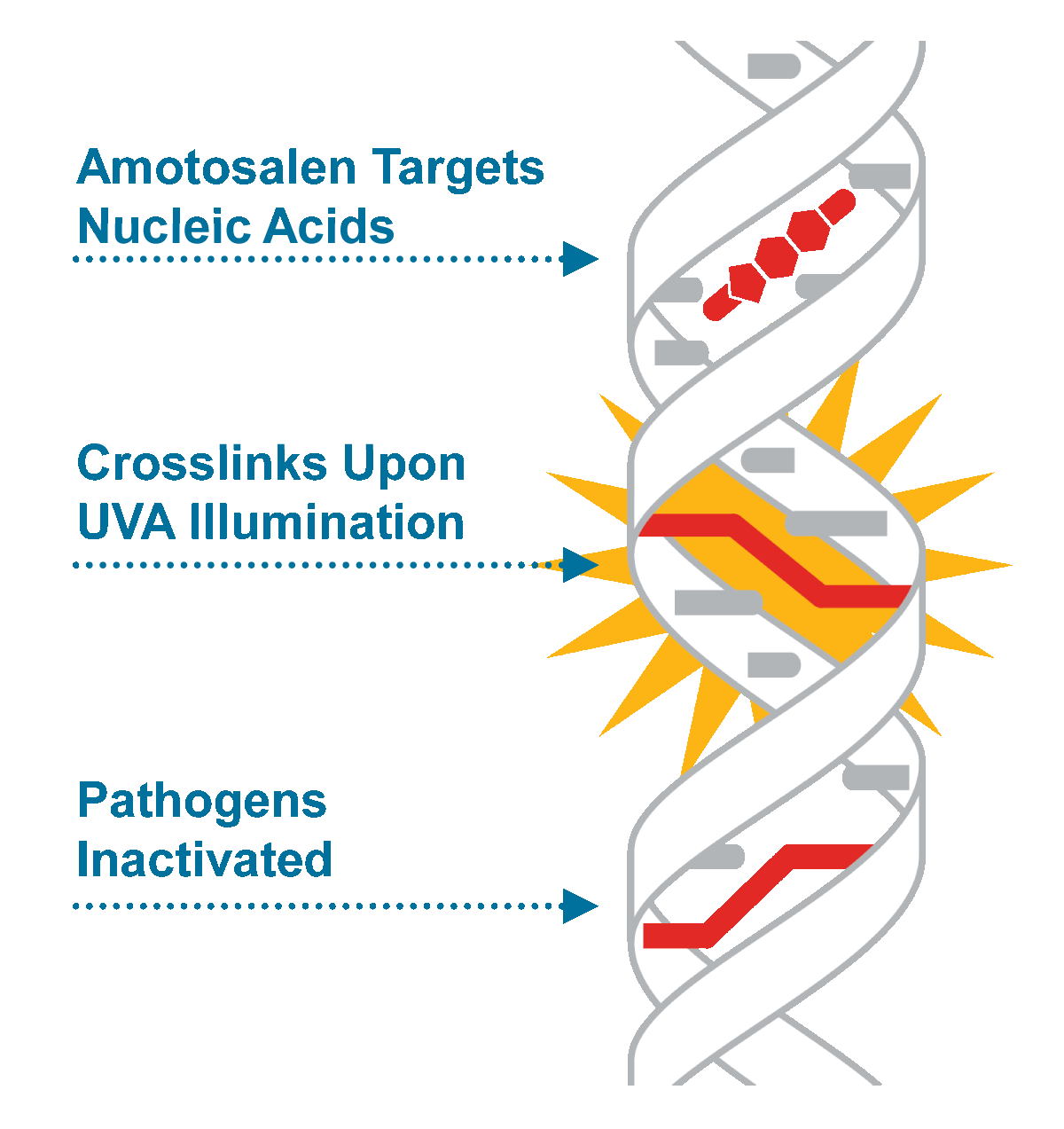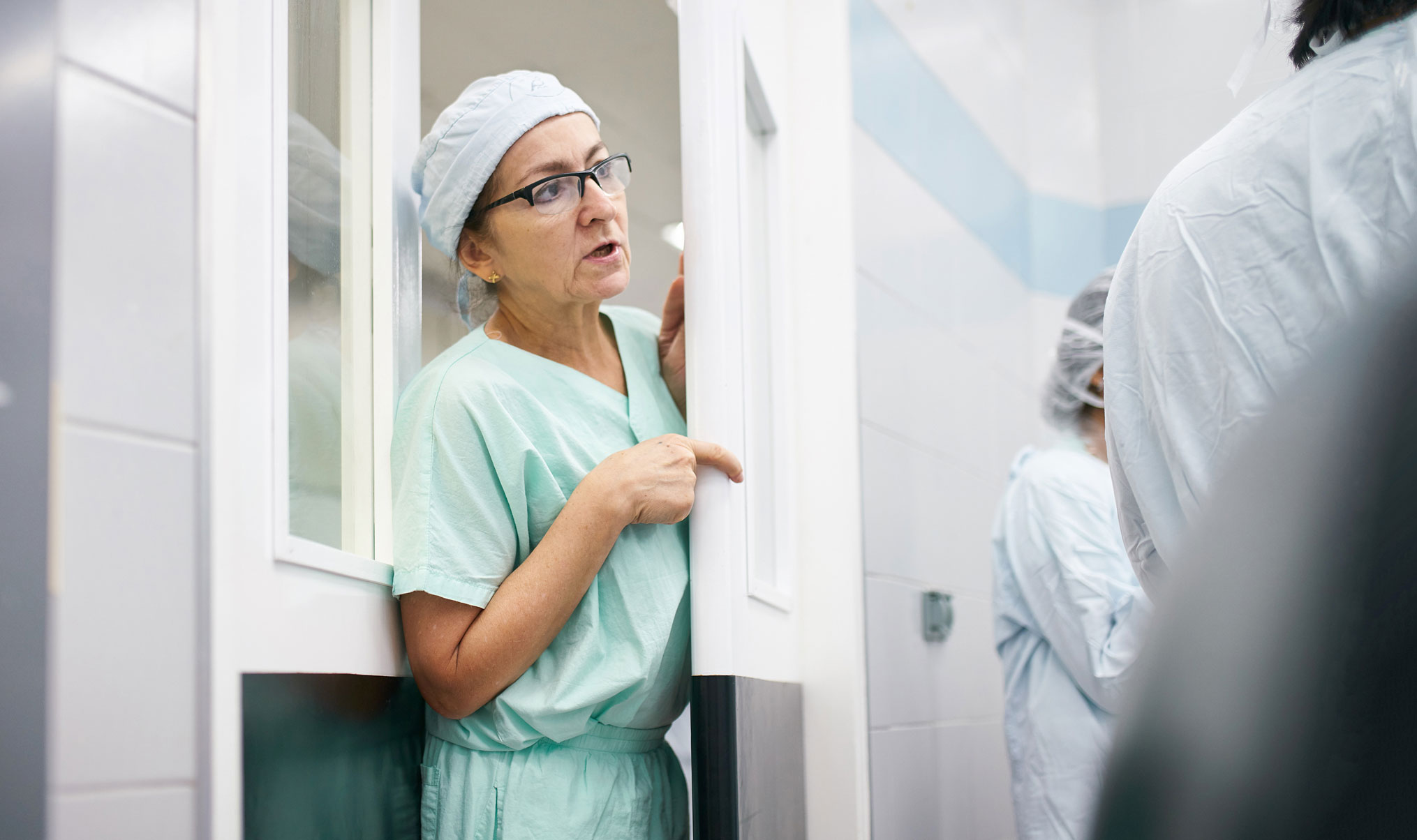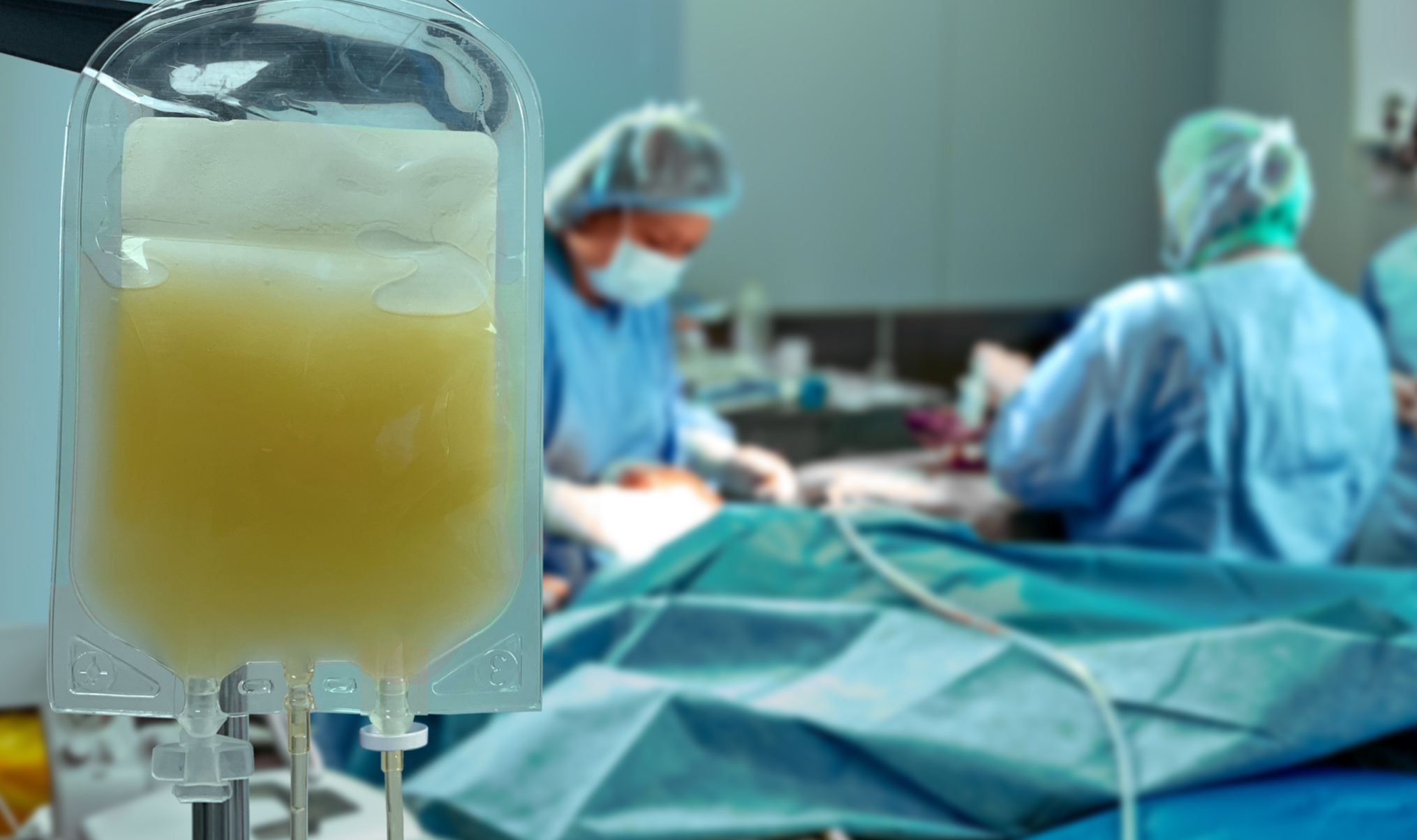Pathogen Reduction
Reduce the risk of transfusion transmitted infections by using blood products treated with the INTERCEPT® Blood System Pathogen Reduction System
Every day, blood transfusions save thousands of lives around the world. These transfusions, however, are not without risk.1
Blood can contain potentially harmful elements which can be transmitted to the patient, such as:
- Bacteria (staph infections)
- Viruses (HIV)
- Parasites (Babesia)
- Emerging Pathogens (Zika*, West Nile Virus, Chikungunya, SARS- CoV-1)
Plasma used to make INTERCEPT® Fibrinogen Complex is pathogen reduced by the INTERCEPT Blood System for Plasma.2
- Provides broad spectrum transfusion transmitted infection risk reduction, including viral, bacterial and parasitic pathogens
- Enables INTERCEPT Fibrinogen Complex to be transfusion ready, at room temperature, for up to 5 days
INTERCEPT treated plasma has 20 years of clinical and post-market surveillance experience.
INTERCEPT Blood System
Mechanism of Action
Upon UVA illumination, amotosalen crosslinks nucleic acids to block replication and inactivates pathogens

For a full list of pathogens inactivated by INTERCEPT Blood System for Plasma see the Package Insert and/or learn more here.


